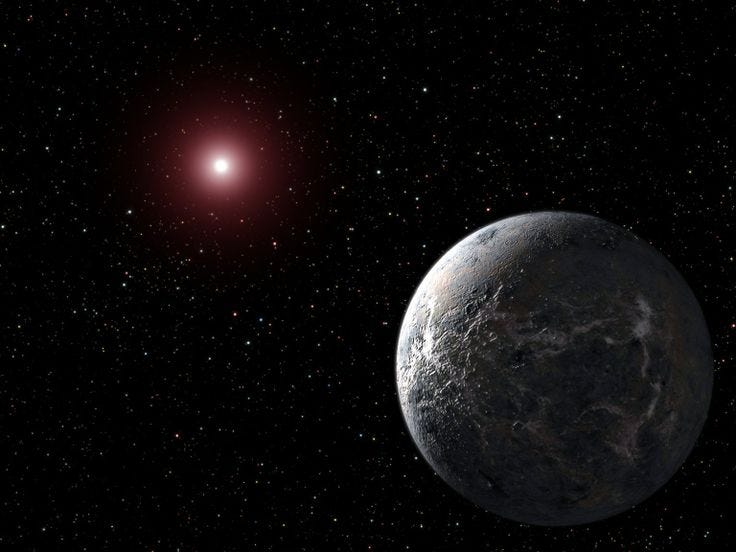Unveiling the Secrets of Giant Exoplanets: A New Perspective
Written on
Chapter 1: The Evolution of Exoplanet Discovery
In recent years, the exploration of exoplanets has accelerated dramatically. As of now, there are 4,057 confirmed exoplanets. Although the Kepler mission concluded last year, the quest for new worlds continues unabated, bolstered by the launch of NASA’s Transiting Exoplanet Survey Satellite (TESS). This satellite is set to carry on the exploratory efforts until the James Webb Space Telescope takes over in 2021. Additionally, the European Characterizing Exoplanets Satellite (CHEOPS) is preparing for its own launch this year, with a focus on identifying new exoplanets.
One notable study suggests that various types of exoplanets could potentially support life even better than Earth does. These groundbreaking discoveries not only enhance our understanding of the universe's formation and evolution but also challenge some of the foundational scientific principles that underpin our research.
Section 1.1: A Case Study - GJ 3512b
A particularly intriguing case is that of the exoplanet GJ 3512b, a gas giant with less than half the mass of Jupiter. This planet orbits a red dwarf star named GJ 3512, which possesses a mass merely 250 times that of GJ 3512b. This mass ratio contradicts existing theories about the expected relationship between a star's mass and the size of its planets.
The prevailing theory posits that planets form from small particles of dust and gas that gradually coalesce around newly formed stars, leading to larger planetary bodies over time. This implies that larger stars should host proportionately larger planets, while smaller stars would have lesser-sized worlds.
For instance, TRAPPIST-1, an ultracool red dwarf located just 40 light-years from Earth, has a mass of only 8% that of our Sun and is accompanied by seven Earth-sized exoplanets. In contrast, the relationship between Jupiter and our Sun—where the latter is 16 times Jupiter’s diameter and over 1,000 times its mass—has long supported the hypothesis that a star’s size determines the sizes of its planets.
Subsection 1.1.1: Rethinking Planetary Formation
The research team proposes that GJ 3512b may have formed through a different mechanism known as Gravitational Collapse. This process suggests that a dense pocket of gas can become so heavy that its own gravity causes it to collapse into a planet. However, this raises further questions, such as:
“Why hasn’t the planet continued to grow and migrate closer to the star in this case?” ~ Christoph Mordasini, co-author of the study.
As astronomers work to unravel these mysteries, we remain eager for more definitive answers. The gas giant GJ 3512b was identified using an infrared spectrograph at the Calar Alto Observatory in Spain, with findings published in the journal Science.

Section 1.2: Looking Ahead in Exoplanet Research
As we continue to explore the cosmos, the implications of these findings challenge our understanding of planetary formation and may redefine what we know about the universe.
Chapter 2: The Mysterious Gap in Exoplanet Population
The first video examines the intriguing question of why there is a gap in the population of exoplanets, particularly focusing on the characteristics of those we have discovered so far.
The second video highlights the recent findings of two Earth-like planets located in the habitable zone, just 6% larger than our planet, expanding our understanding of potentially habitable worlds.
Stay informed with the content that matters — Join my mailing list